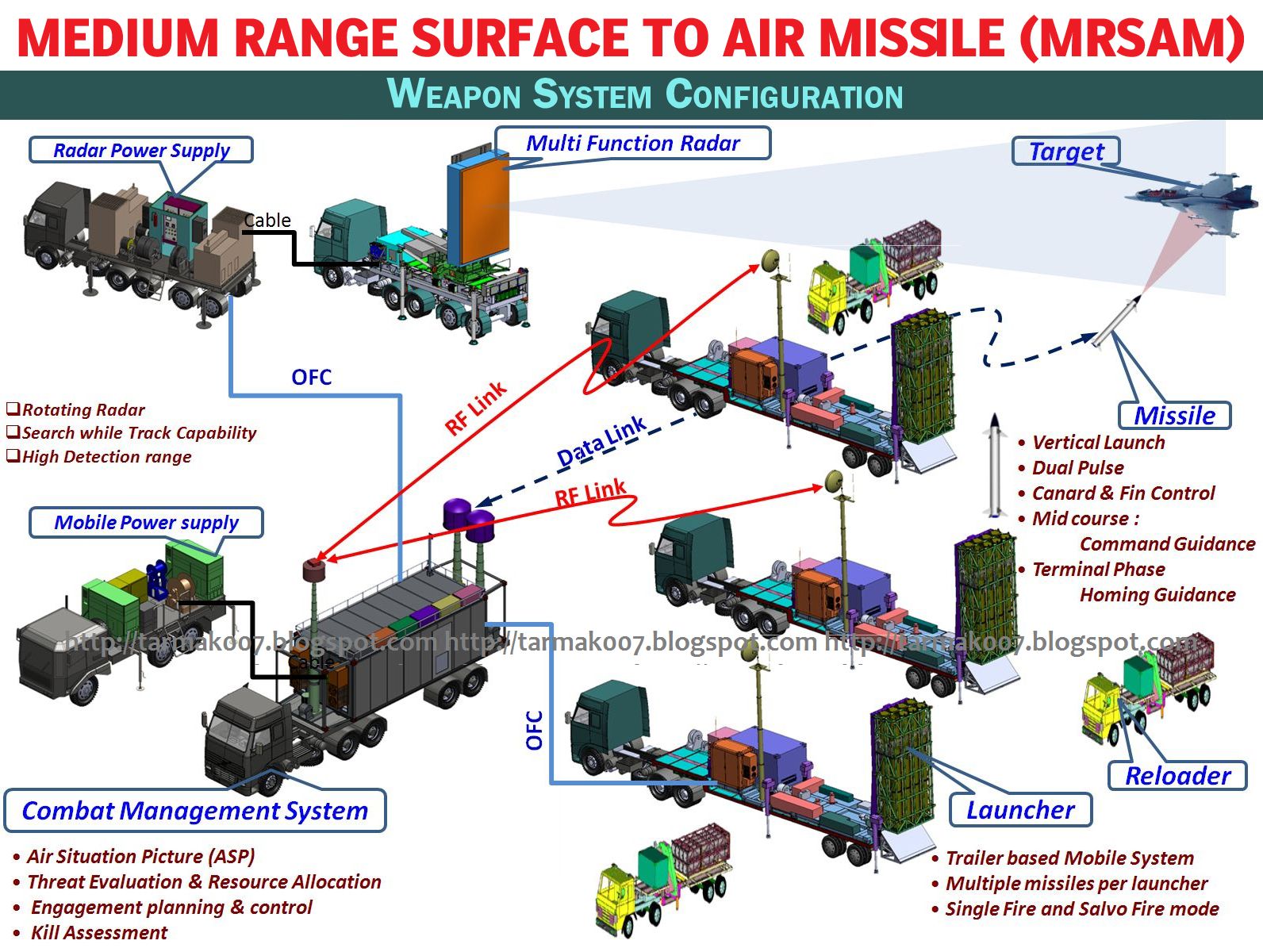Zarvan
ELITE MEMBER

- Joined
- Apr 28, 2011
- Messages
- 54,470
- Reaction score
- 87
- Country
- Location

Israeli SPYDER (Surface-to-air PYthon and DERby) short and medium range mobile air defense system developed by Rafael Advanced Defense Systems - India operates the SPYDER system
NEW DELHI: In response to India’s growing air-defence capabilities, Pakistan has inducted a Chinese-made Low-to-Medium altitude Air Defence System (LOMADS) LY 80 on March 12. LOMADS LY-80 is capable of intercepting and destroying aerial targets flying at low and medium altitude. Pakistan's move comes close on the heels of India’s Defence Research and Development Organisation (DRDO) test-firing successfully an indigenous supersonic interceptor missile on March 1. The missile is capable of destroying any incoming ballistic missile at a low altitude.

Though Pakistan does not match India's existing capability, LOMADS LY-80 is a worrying sign as it indicates Pakistan's urgency to come up to India's level.
India has been trying to develop an indigenous ballistic missile defense (BMD) system since the late 90s. The recent missile test by DRDO is one step in that direction. India has added Israel's SPYDER system to its BMD and has bought S-400 system from Russia which will be delivered in 2020. S-400 has the capability to defend against both endo-atmospheric and exo-atmospheric threats. An endo-atmospheric missile remains within the earth's atmosphere, below 100 km altitude, while an exo-atmospheric missile can fly out of the atmosphere too.
India already has Prithvi, a high-to-low level anti-ballistic missile. Prithvi I is used by Army and has a range of 150 km, Prithvi II is used by Air Force and it has a range of 350 km while Prithvi III, which is used by Navy, has a range of 350 km.
Another missile in India's BMD system is Ashwin (Advanced Air Defence missile). Ashwin has been designed to intercept incoming enemy missiles at an altitude of up to 30 km.
In the past decade, the competition has grown worldwide to deploy BMD systems. Recently, North Korea has tested four missiles which threaten the US. In a quick reaction, the US started deploying the THAAD system in South Korea. China believes THAAD will impact its security concerns.
Here is a primer on the BMD systems, the latest trend in the global arms race:
What Is A Ballistic Missile Defence (BMD) System?
A BMD system is designed to protect any country against potential incoming missile threat. It intercepts, targets and destroys enemy missile en route. A missile travels through three phases—boost (when fired), mid-course (when in air) and terminal (when it advances/descends towards its target). The anti-ballistic missiles may be categorized in two parts based on their target range—endo-atmospheric (within the earth's atmosphere) and exo-atmospheric (in space).
How Does It Work?

A BMD system has three components—a radar, a command-and-control system and a missile-launcher truck. The radar intercepts the enemy missile, the command-and-control system tracks and targets the enemy missile and fires the interceptor missile from the launcher truck when the enemy missile comes into the target range.
The US, Russia, Israel and China have advanced BMD systems. Here are the leading BMD systems:
Patriot Advanced Capability-3

The Patriot missiles are powered by a track-via-missile (TVM) system. The range of the PAC is 70 km and the altitude is around 24 km. These new Patriot missiles are equipped with hit-to-kill technology that makes them more effective. In hit-to-kill technology, an enemy missile is destroyed by the interceptor missile by body-to-body impact. A large amount of kinetic energy takes place during the impact to completely destroy the threat. PAC-3 uses a Ka-band millimeter wave seeker. A maximum of 16 missiles can be loaded on the truck launcher at one go. This system is used by Japan, South Korea and the UAE.
Terminal High Altitude Area Defense (THAAD)

Lockheed Martin's Terminal High Altitude Area Defense (THAAD) is another fierce BMD system. It also uses hit-to-kill technology to destroy enemy missiles by kinetic energy. THAAD has a range of 200 km and can reach an altitude of 150 km. It is equipped with an X-Band Active Electronically Scanned Array (AESA) radar, fire control and communication support equipment and a truck launcher. The US is the only operator of THAAD while Japan, Taiwan, South Korea and the UAE have shown interest in the system.
S-400 Triumf And S-500

Russia's S-400 is again one of the most advanced BMD and an anti-aircraft system named Growler by NATO. S-400 is capable of creating a multi-layered defense by firing three types of missiles. It can track 300 targets and can destroy around three dozen of them. It has a range of 400 kilometers and an altitude of 185 kilometers (607,000 feet). Some media reports also claimed that the S-400 has been armed with an improved variant of 48N6E2 missile (used in S-300PMU-2) with a range of 250 kilometers. Russia owns and operates S-400 and S-500. India and China have inked deals with Russia for acquiring S-400 system while Iran has shown interest in it to upgrade its S-300 system.
S-500 This system has a range of 600 kilometers and an altitude of 200 kilometers. It can intercept around 10 ballistic and hypersonic missiles at a speed of 7 kilometers per second. It uses hit-to-kill technology to destroy enemy missiles through physical impact instead of kinetic energy.
SPYDER System

Spyder Ballistic Missile Defense System is now mounted on a TATA truck
Israel's SPYDER anti-cruise missile and an anti-aircraft system uses a low-level quick reaction missile to destroy targets up to 15 km away and at an altitude nine km. SPYDER has one mobile command unit and six mobile firing units attached to it. Its radar can intercept enemy missiles 25 km away and can fire the first missile in just five seconds.
http://economictimes.indiatimes.com...ere-does-india-stand/articleshow/57630076.cms


























